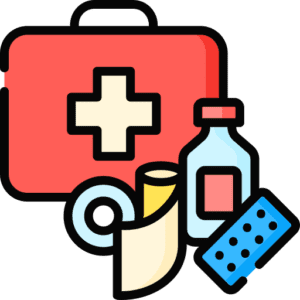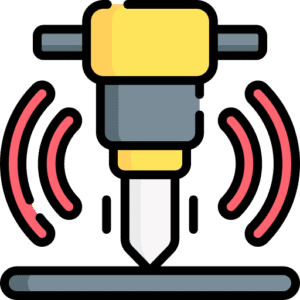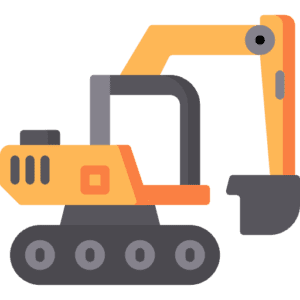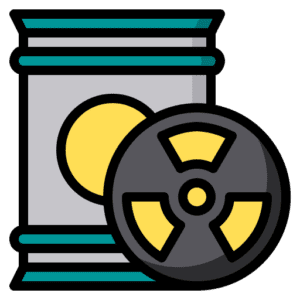CSCS Excavation Test
Why is Excavation and Confined Spaces Safety Important?
Working in excavations and confined spaces presents significant risks, including cave-ins, toxic gases, and oxygen deficiency. Without proper safety measures, these environments can lead to serious injuries or fatalities. The CSCS Excavation and Confined Spaces Test ensures that workers understand the hazards and follow essential safety procedures.
What Will You Learn in This Test?
This test evaluates your knowledge of excavation and confined space hazards, safe work practices, and legal regulations. By taking this test, you will learn:
The dangers associated with excavations and confined spaces
How to use protective systems like trench supports and shoring
The importance of ventilation and atmospheric testing in confined spaces
Safe entry and exit procedures for confined spaces
Employer and employee responsibilities under UK safety laws
Key Topics Covered:
Excavation Hazards – Cave-ins, falling materials, and water accumulation.
Confined Spaces Risks – Lack of oxygen, toxic fumes, and fire hazards.
Protective Measures – Shoring, shielding, and proper ventilation.
Safe Entry and Exit Procedures – The use of permits, PPE, and communication.
Emergency Response – Procedures for rescuing workers in confined spaces.
Legal Responsibilities – Compliance with the Confined Spaces Regulations 1997 and the Construction (Design and Management) Regulations 2015.
Why Take This Test?
Reduce the risk of excavation and confined space accidents by following safety protocols.
Stay compliant with UK health and safety regulations.
Improve workplace safety by understanding best practices for working in hazardous environments.
Prepare for the CSCS Excavation and Confined Spaces Test today to enhance site safety and protect lives!


















